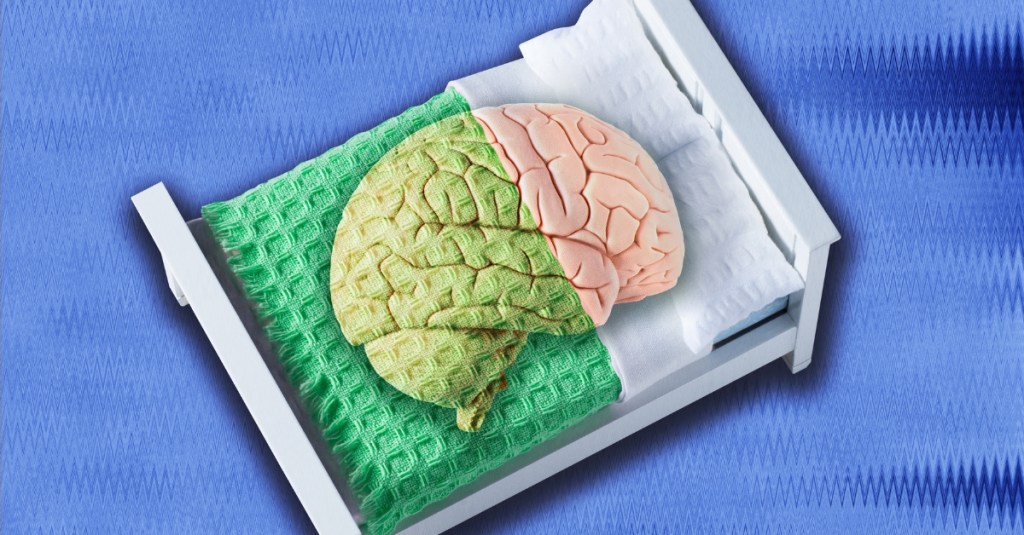If you’ve ever woken up at 3 a.m. and stared into the ceiling, wondering what’s wrong with you, the answer might be nothing. For most of human history, that interruption was built into the night. People slept in two shifts: a “first sleep” and a “second sleep,” with an hour or two of wakefulness between them.
Letters, diaries, and even ancient poetry describe this pattern. Families in pre-industrial Europe would sleep for several hours, wake around midnight, stoke the fire, check animals, pray, or talk. Some read by candlelight. Some had sex. Then, when the body felt ready, they’d drift back into the “second sleep” until dawn. It wasn’t a sleep disorder. It was normal.
According to historians and sleep scientists, continuous eight-hour sleep is a modern creation. Research shows the shift began in the 1700s when oil lamps and gas lighting started stretching evenings longer than nature intended.
By the time electric bulbs arrived, the body’s internal clock had already been rewired. Artificial light delayed melatonin release and pushed people toward later bedtimes, shrinking the natural gap between sleep cycles.

Why Did Humans Stop Sleeping Twice at Night?
The Industrial Revolution sealed the deal. Factories demanded predictable schedules, and workers needed to wake at the same hour. The idea of one uninterrupted block of rest fit neatly into this new system. By the early 20th century, the concept of “eight hours of sleep” had replaced the centuries-old rhythm of two.
When researchers recreated pre-industrial darkness in modern labs, participants often reverted to the old pattern. After several nights without evening light or clocks, they fell asleep for four hours, woke calmly for a while, then slept again until morning. A 2017 study in Madagascar found communities without electricity still following this pattern naturally.
Light remains the invisible conductor of human time. In winter, when daylight arrives late and leaves early, our circadian rhythm drifts, which is why the nights feel longer and moods sink faster. Morning light—especially blue wavelengths—helps regulate cortisol and keep sleep cycles consistent.
For anyone who wakes in the middle of the night, sleep clinicians say the trick isn’t to panic. Brief awakenings are normal. The brain has always known that darkness comes in shifts. You wake up at 3 a.m. and think something’s wrong. The truth is, you’re just doing what humans always did before progress rearranged the night.
The post Humans Used to Sleep Twice at Night. Why Did We Stop? appeared first on VICE.




